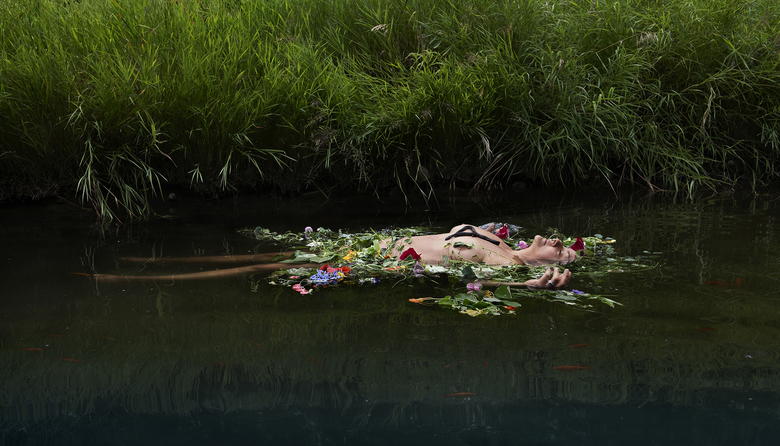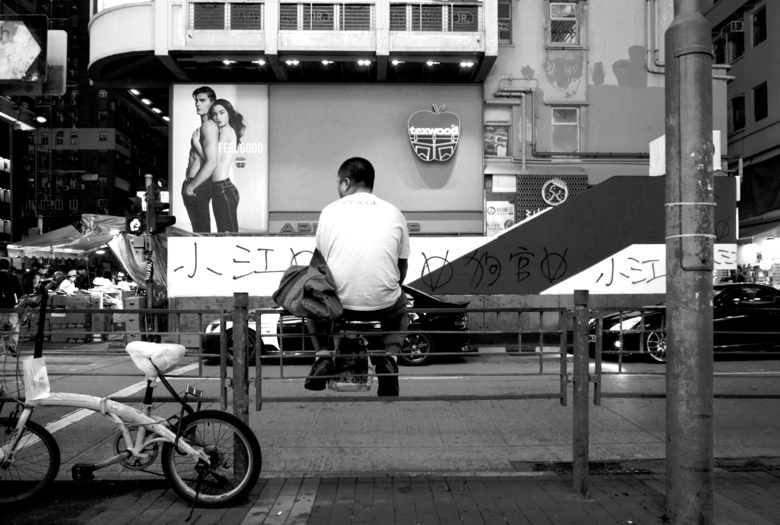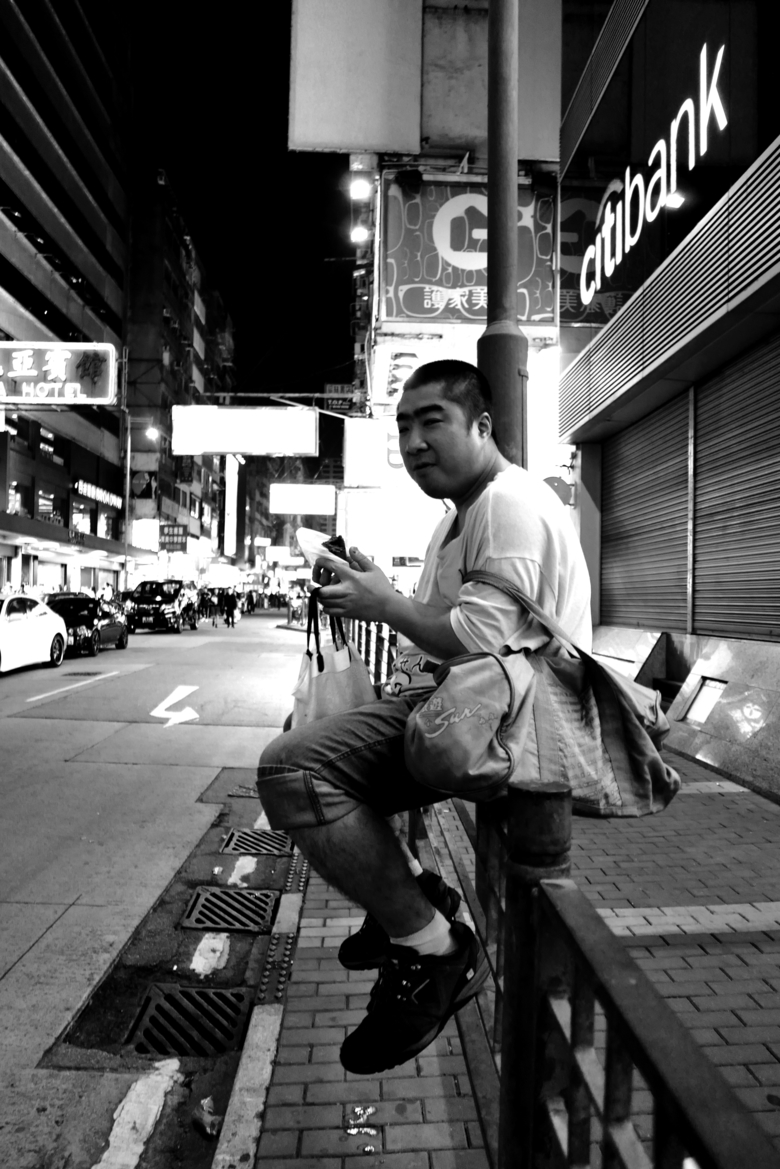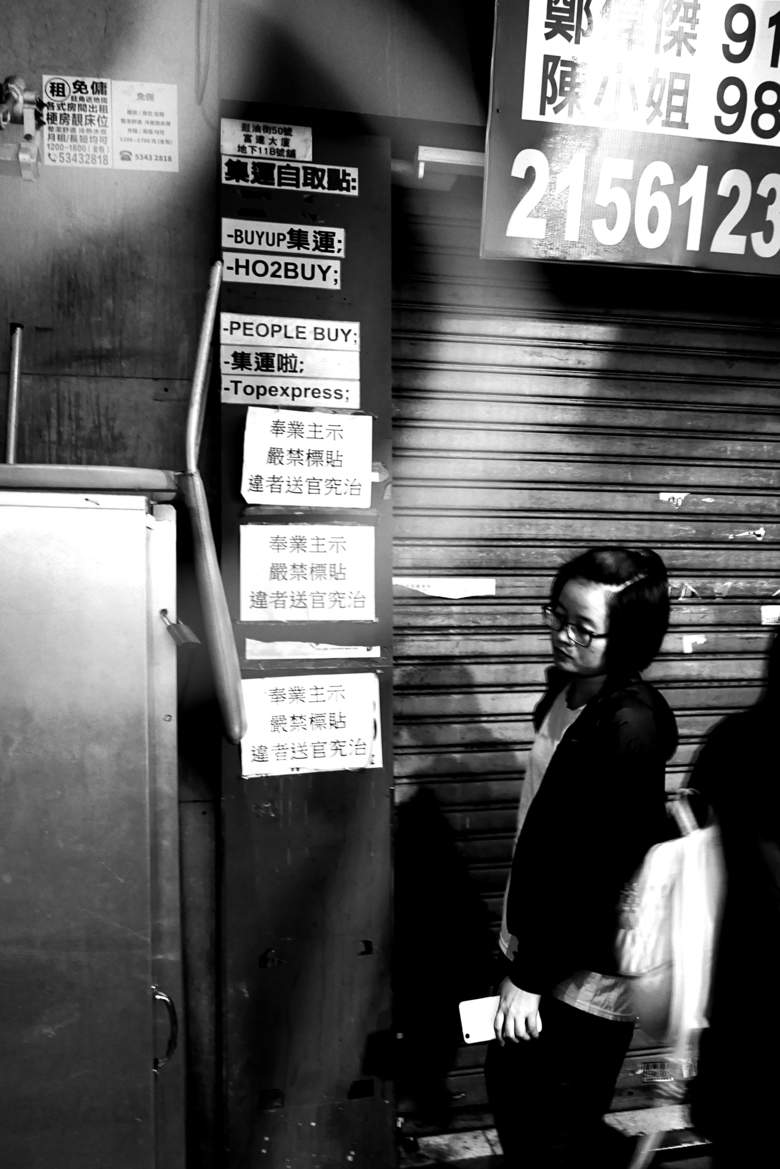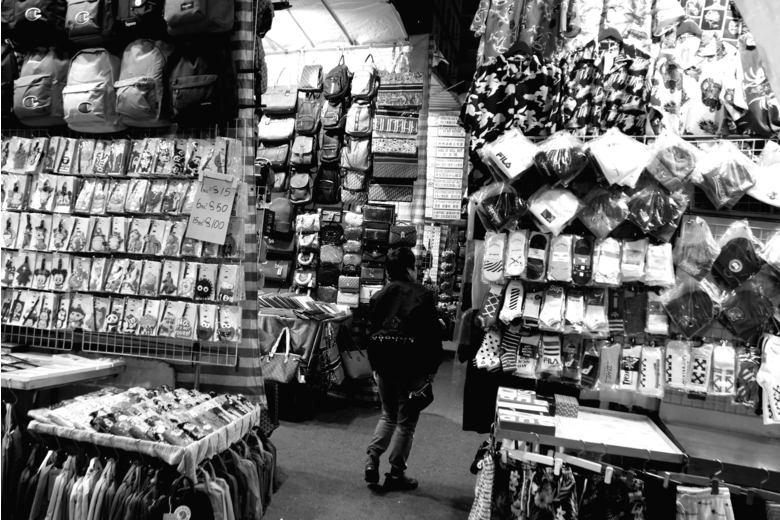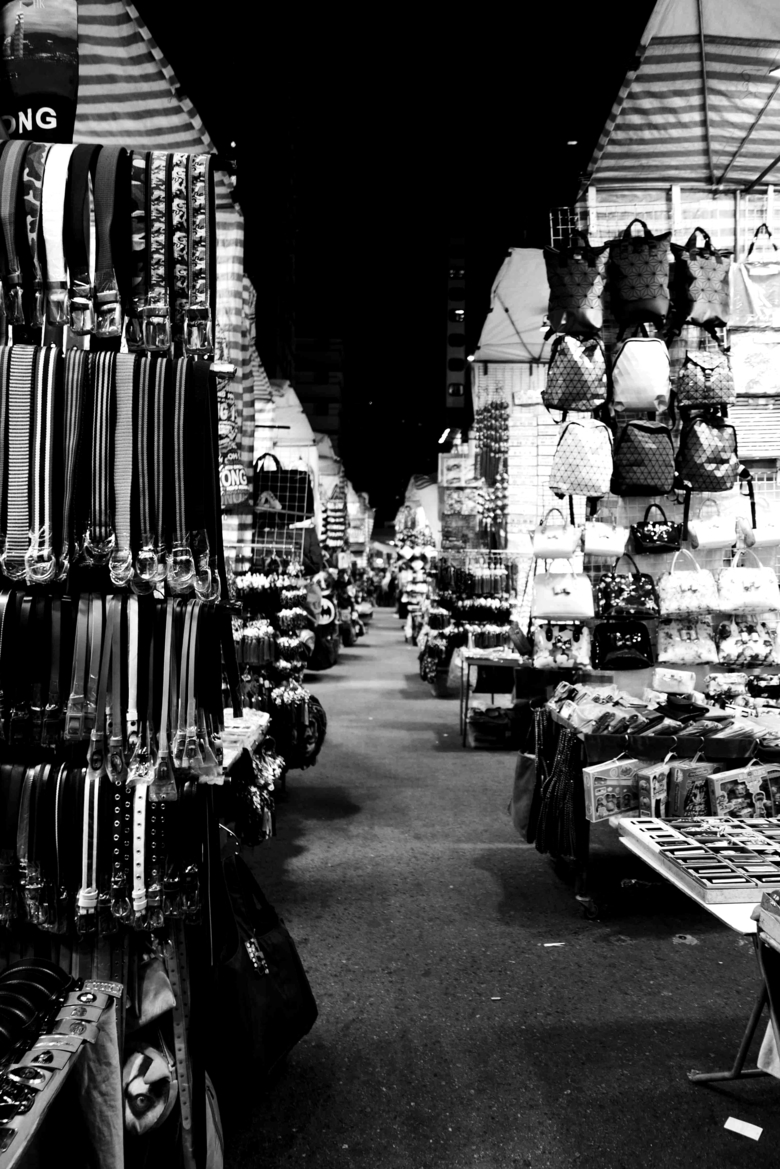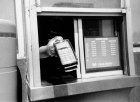I arrived in Hong Kong just between Christmas of 2019 and the New Year. I am an old friend to Hong Kong since I have visited it many times in the past. Yet, the city felt strange and different to me. Although I had no problem navigating the city and understanding its spoken language, I still felt lost. I was lost in its intricately connected pathways and roads that go in all directions. I was lost in the busy flow of people. I was lost in reflections on the complex identities of Hong Kong, one that is Chinese, one that is British, one that is multicultural, and the one that is currently transforming into something new. In this series of photos, I follow the path the city set out for me and listen to its messages.
Hong Kong, an urban jungle. The city hosts 7.4 million people on a territory of 1104 square kilometres, one of the most densely populated cities in the world.
Originally a sparsely populated farming and fishing village, Hong Kong became a British colony by the end of the First Opium War in 1842. The city gradually developed into an important trading harbour that connects Asia and the world.
Chung Wan (Central District) and Sheung Wan (Upper-Central District) are the earliest British settlements. To this day, they are one of the most vibrant and multicultural hubs in Asia.
The 2019 Hong Kong protests lasted over a year. The slogan, “光复香港,时代革命” (Re-illuminate Hongkong, Revolutionary Epoch) can be seen and heard throughout the city.
In the middle of the road is a message of love and apology in the midst of the unrest: “对不起请原谅谢谢您我爱您 阿弥陀佛” (Sorry please forgive me. Thank you. I love you Amitabha.) It is unclear where the message came from and who it is addressing.
Subway stations were major targets for vandalism, arson, and graffiti during the protests. The character 小江(Xiao Jiang), is seen written all over the city repeatedly. Its meaning remains a mystery. It might refer to the former Chinese president 江泽民 (Jiang Zemin).
Political graffiti such as 狗官(Gou Guan), meaning “dog officials”, often merges with the already existing advertisements in the public spaces. The political, the every day, and consumerism have merged into one.
In a commercial and tourist district near Kowloon are flickering neon lights, advertisements featuring glamorous models, and politically vocal youths publicly addressing their opinions.
Protesting youths, political graffiti, and the rest of city continues to run.
Three posters in the image repeat “严禁标贴,违者送官究治” “Post no bills, offenders will be sent to government officials to be dealt with.”
Pipes and cables are the veins and bones of Hong Kong. Intricately woven, they provide the city with all the necessities.
The street market is packed with counterfeited designer handbags, sneakers, and souvenirs. However, it only had a handful of visitors.
This is Hong Kong at the end of the 2010s.








